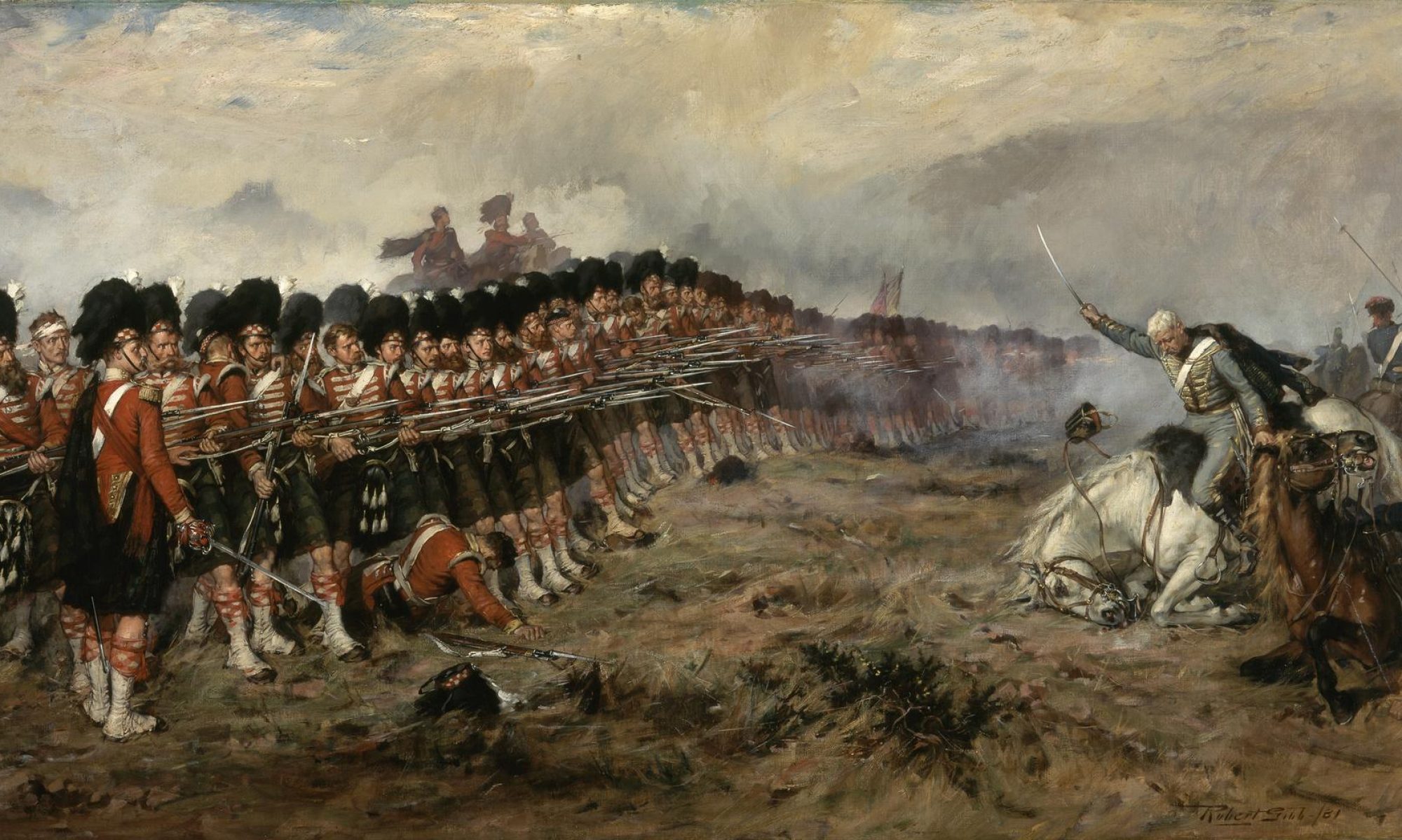Paperback: 96 pages
Publisher: Osprey Publishing (UK) (22 Sept. 2015)
Language: English
ISBN-10: 147280743X
ISBN-13: 978-1472807434
At first glance one might be forgiven for thinking this battle took place in Spain, the name Catalaunian doesn’t lend itself to imagining the plains of central France after all.
But then the battle of what is more popularly known as Chalôns defies simplicity. If there is one thing Osprey does well it is campaign books about ancient battles, and author Simon Macdowall, who has written several other late Roman titles for Osprey including Adrianople AD 378, is well placed to give us the rundown on what Sir Edward Creasy considered one of the 15 most decisive battles ever fought, in which as Gibbon said “All the nations from the Volga to the Atlantic took part”.
Because only 3 main things are known about the course of this battle, and the the account of this first “Battle of Nations” is necessarily partly conjectural, underpinned by solid facts and convincing logic, although in some places was no more persuasive than the premise it was tackling.
Everyone knows that in the twilight of the Roman Empire a terrifying barbarian warlord named Attila the Hun, by most accounts a Christian killing, city burning, empire wrecking baby roasting incarnation of the devil and all around bad guy who once proclaimed himself the scourge of God, decided to beat up some Romans during the Dark Ages. But like most legends the nuts and bolts of the story is often forgotten.
Aided by numerous informative images, the vivid and action packed artwork of Peter Dennis (who must account for almost a quarter of all Osprey illustrations nowadays) and detailed maps, Macdowall sheds light on the story behind part of the legend. For all the accompanying images one gets with the mention of Attila’s name, there is a real military campaign to examine which highlights the weakened state of the once mighty empire. Unable to secure her borders the Romans were forced to depend on barbarian nations to do their fighting. One of the most dependable had been the Huns and their various allies, but their new king Attila was thirsty for land and invaded Gaul, forcing the Roman supreme commander Aetius to cobble together a hasty alliance with a number of satellite states and bury the hatchet with his former foes the Visigoths to defeat him.
This book pieces together a convincing series of events from various ancient sources to create a highly plausible scenario for what is a very complex campaign and a very poorly understood battle. He takes great care in outlining the motives of the commanders and the capability of their troops, before investigating where the battle was fought, placing it at Montgueux in Champagne between Chalôns and Troyes.
There is much to find interesting in this book for the causal and the academic reader, those unfamiliar with the true story of Attila’s campaigns will be enlightened, and those enthusiasts and students of the late Roman military will be glad to get their hands on such a thought provoking and erudite book.
Josh.




